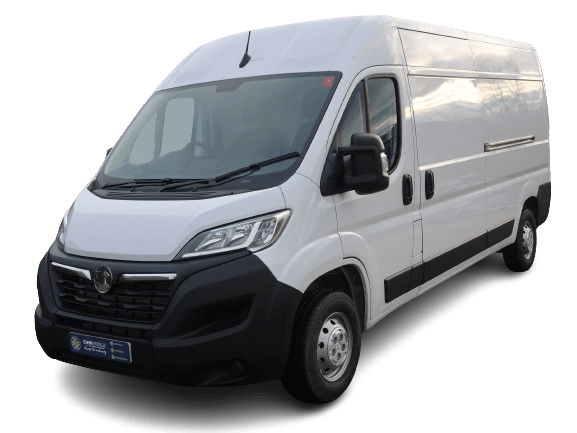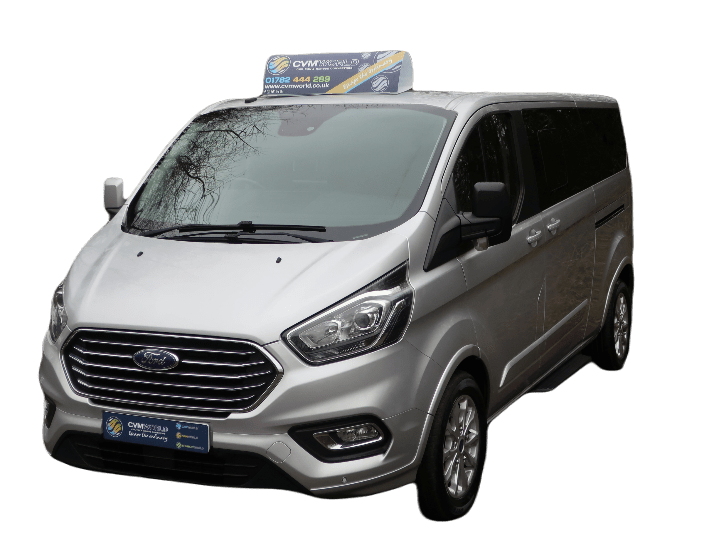The need for a Comprehensive Charging Network
The widespread adoption of electric vehicles (EVs) brings forth a new challenge: establishing a robust charging infrastructure to support their growing numbers. In the United Kingdom, significant efforts are underway to build a comprehensive EV charging network that is accessible, convenient, and efficient. In this blog post, we will delve into the world of EV charging networks in the UK, discuss the different types of chargers available, and highlight the importance of investing in this vital infrastructure for a sustainable transportation future.
As EV ownership increases, it becomes crucial to have a well-developed charging network that meets the needs of EV drivers across the country. Range anxiety—the fear of running out of battery—can be a deterrent for potential EV owners. A robust charging infrastructure helps alleviate this concern and encourages greater EV adoption.

Additionally, a comprehensive charging network enables long-distance travel, making EVs a viable option for intercity journeys. It also supports the growth of ride-hailing services and fleet operators, who rely on efficient charging infrastructure to maintain their operations. The growth of charging networks reduces the range anxiety for the driver as the use of apps like Zap-Map and Open Charge Map allows for the planning of routes to ensure the vehicle is always powered.
Different Types of Charging Stations
In the UK, EV charging stations come in different forms, offering varying charging speeds and compatibility with different EV models. The three main types of charging stations are:

1) Rapid chargers are the fastest charging option available, capable of delivering a significant amount of power to recharge an EV’s battery quickly. These chargers are typically found at motorway service areas and can provide an 80% charge in as little as 30 minutes, depending on the EV and charger capabilities.
2) Fast chargers are more commonly found in public locations, including shopping centres, car parks, and on-street charging points. They offer a faster charging speed than standard home chargers, providing a full charge in a few hours. Fast chargers are well-suited for longer stops, such as during shopping or work hours.
3) Home charging units are designed for residential use, allowing EV owners to conveniently charge their vehicles overnight. These chargers are slower than rapid and fast chargers but offer the advantage of charging at the driver’s convenience. Home chargers typically take several hours to fully charge an EV, depending on the charging capacity.
The Importance of Investment!
To build an extensive and reliable charging network, it is essential for stakeholders to invest in infrastructure expansion and upgrades. The UK government, in collaboration with private entities, has initiated several programs and incentives to accelerate the growth of charging infrastructure to reach 300,000 electric charging points by 2030, which is almost 5 times of the fuel pumps that are on the roads today. One program is a £450 million Local Electric Vehicle Infrastructure (LEVI) fund, which will boost projects such as EV hubs and innovative on-street charging, so those without driveways don’t miss out on cleaner transport.


Prominent initiatives, such as the On-street Residential Chargepoint Scheme and the Rapid Charging Fund, have allocated funds to install charging points in residential areas and motorway service stations. Moreover, collaborations between the government, charging network operators, and utility companies are aiming to ensure the availability of charging infrastructure that meets the demands of EV users.
Electric Vehicles that CVM World Provides
CVM World has a range of Electric Minibuses for sale with numerous seating plans, wheelchair access and optional extras, ensuring that your exact needs are met.
Our environmentally friendly mini buses are zero emissions vehicles and have been designed with the future in mind. The future is seeming greener as the year goes by. With the growth’s schemes ongoing to increase the charging points around the UK, is now the time to own your very own electric minibus?
The main Electric minibus that we offer is built on the Maxus eDeliver 9. Take a look below at some of the main benefits of this EV Minibus:
The all-new Maxus eDeliver 9 has proven to be the best base vehicle for new electric minibuses. Providing a combination of good range, affordability, space, load capacity along with excellent charging time taking only 1 and a 1/2 hours to provide an 80% charge.
Maxus eDeliver 9
9 Seat – Wheelchair Accessible Minibus
Maxus eDeliver 9
13 Seat – Shuttle Minibus





























































